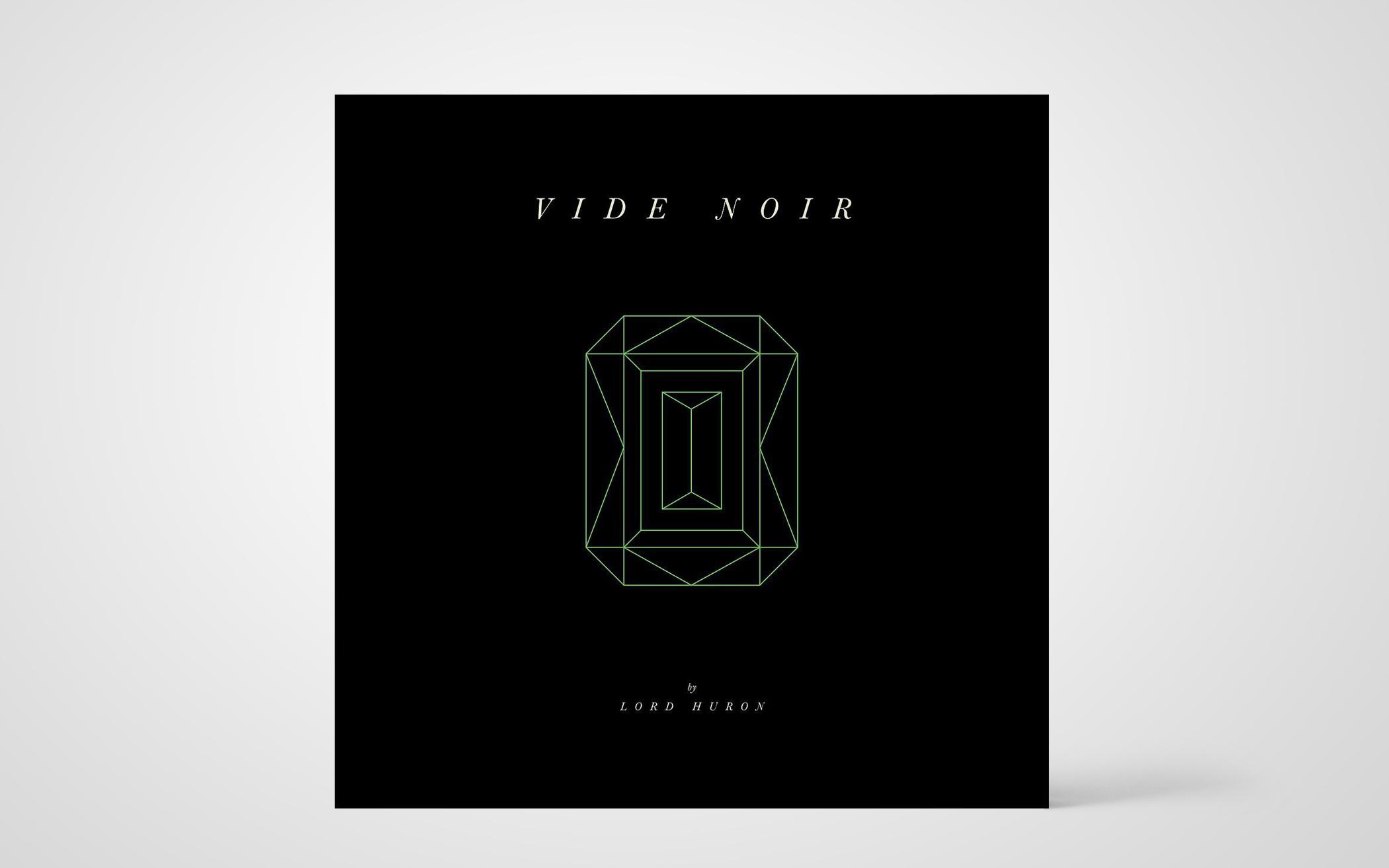“The first demand any work of art makes upon us is surrender. Look. Listen. Receive. Get yourself out of the way. (There is no good asking first whether the work before you deserves such a surrender, for until you have surrendered you cannot possibly find out.)” —C.S. Lewis, An Experiment in Criticism
Vide Noir by Lord Huron is art worthy of surrender. Ben Schneider is the principal songwriter and driving force behind the band. He grew up in small-town Michigan before moving to Los Angeles to pursue a career as a visual artist, but Lord Huron eventually became his main outlet of creativity. While the first two albums received critical acclaim, it took the use of their song “The Night We Met” in a key scene of the Netflix series 13 Reasons Why to propel the band into the mainstream spotlight, along with a major record deal and high expectations for their third album, Vide Noir.
Schneider appears unfazed by this newfound spotlight on the band, ignoring the pressure to release music that is more accessible to a large audience or to compromise his art to maximize profit. He simply takes the new resources and continues to create. Similar to C.S. Lewis’s invention of Narnia, Schneider concocts an intricate fantasy world. But rather than simply using the written word, he conveys his vision using a combination of sound, song, album art, and video.
While Lord Huron’s first two albums described fictional worlds reminiscent of the Wild West, Vide Noir (French for “Black Void”) expands the fantasy world into the cosmos and follows the protagonist on a journey that may cost him his life. Much like an author or movie set designer who carefully creates the background for each scene, long instrumental sections in each song draw the listener into this strange new world.
The story begins slowly as “Lost in Time and Space” sets the scene and introduces the characters. Quickly the plot speeds up with frenetically paced tunes “Never Ever” and “Ancient Names (Part 1 and 2)” that have prominent bass lines, effectively demonstrating why Schneider uses the bass guitar as the primary instrument for several of his songs.
Suddenly the energy disappears with the tune “Wait by the River,” a doo-wop ballad where the protagonist laments separation from his lost love and reveals that he has little hope to be reunited. “Secret of Life” regains some of the energy, but unlike the romantic stories of Disney and Hollywood, the story Schneider is telling is not heading for a triumphant and happy ending. The second last track, “Vide Noir,” sums up a journey that ultimately fades into the black void of the endless cosmos. The final track, “Emerald Star,” reveals even more clearly the despair of the protagonist finding out that his love was not reciprocated.
Listeners who surrender to Lord Huron’s art in the way that C.S. Lewis encourages can appreciate the fantasy world Ben Schneider has masterfully crafted. They can travel to the depths of despair with a protagonist lost in a world with no Savior or good news. And when returning to our world, the listener may hold a new appreciation for the hope that is found in a world with the good news of a Savior for all. (Republic)
About the Author
Micah van Dijk is a popular music expert who speaks and writes to help audiences understand the impact popular music has on their faith and identity. www.micahvandijk.com

